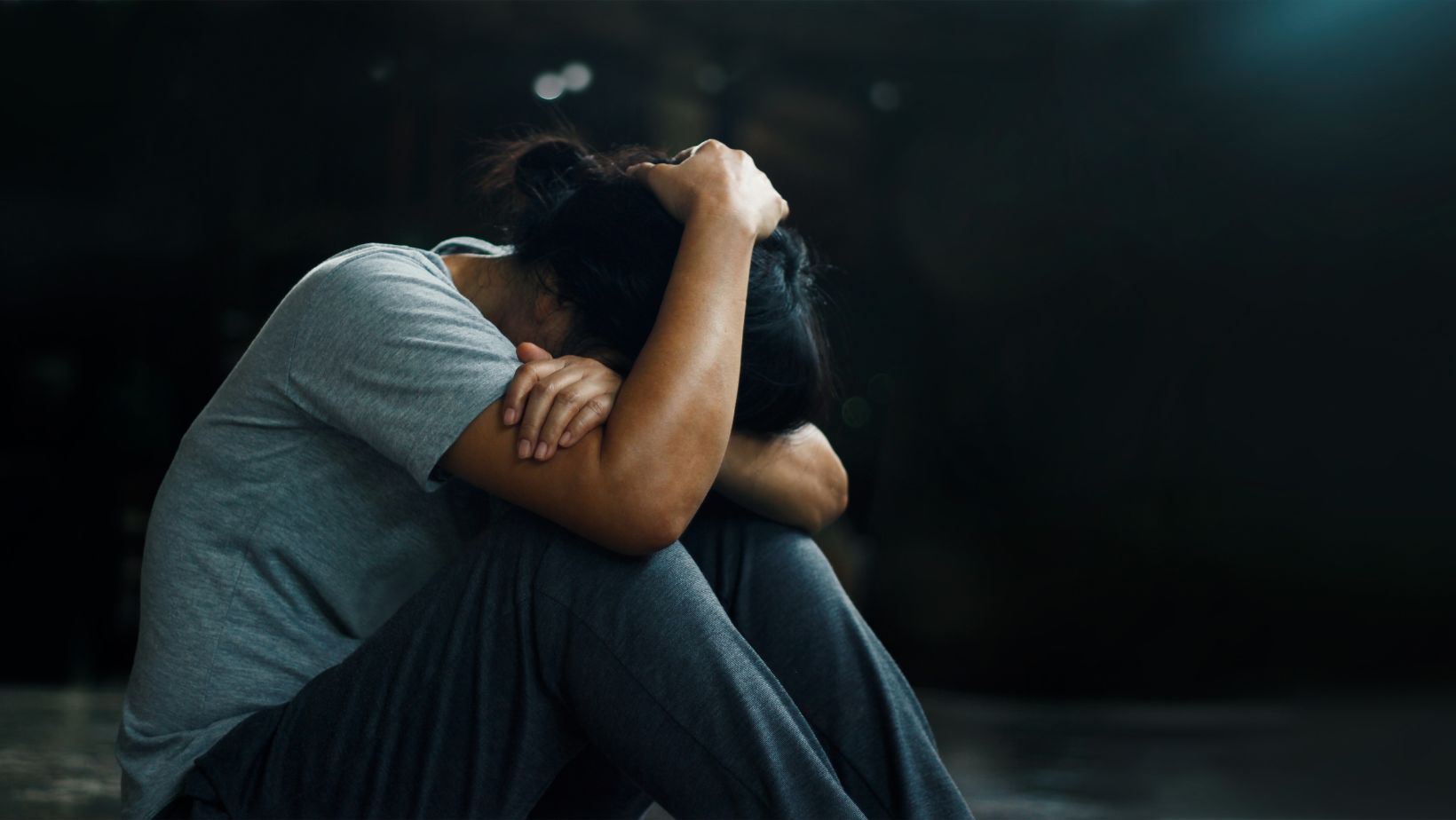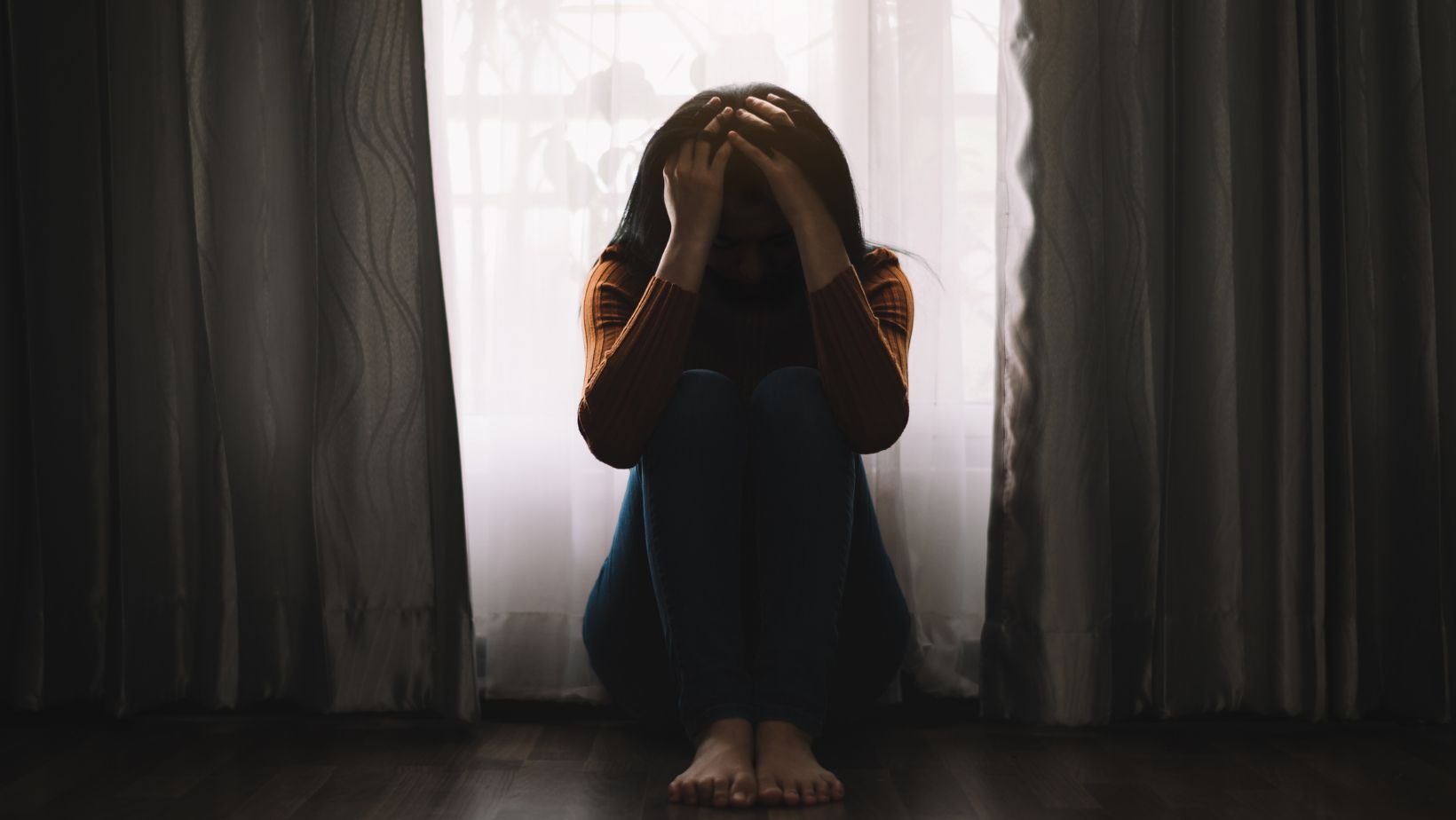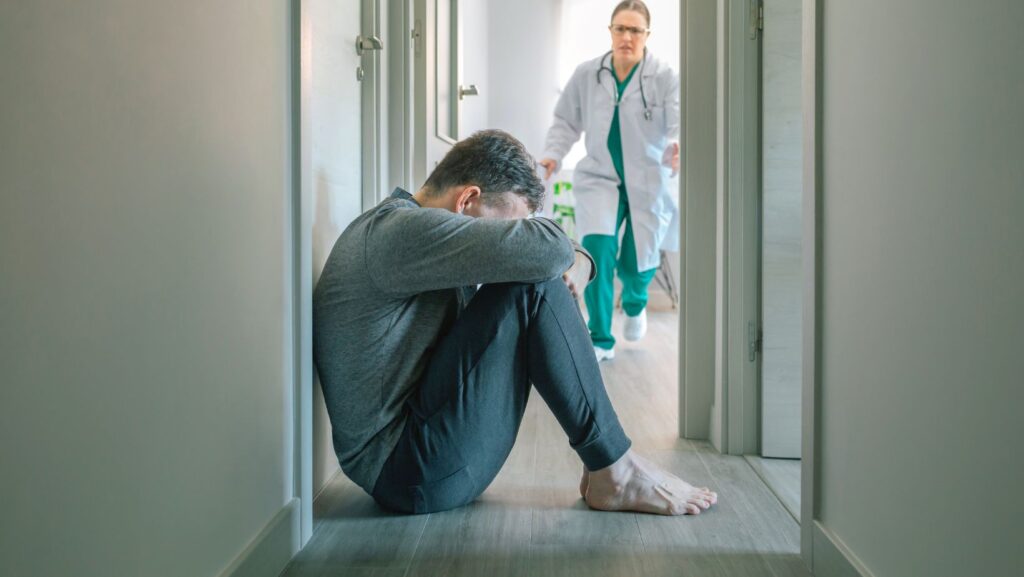Mental health emergencies don’t always look the way people expect. It’s not just about extreme distress or obvious signs of crisis—sometimes, the warning signs are quieter, lurking in everyday habits, environments, and overlooked struggles. Too often, people only recognize the breaking point after it’s passed, and by then, the situation is much harder to manage.
What leads to these crises? While the conversation around mental health has opened up in recent years, a lot of the focus remains on long-term treatment rather than the moments that push someone into immediate danger. Understanding these overlooked triggers can mean the difference between intervention at the right time and a situation spiraling out of control.
The Overload That No One Sees Coming
It’s easy to assume that people reach a mental health emergency because of one big event—a job loss, a traumatic experience, or a major life change. But for many, it’s the slow, quiet accumulation of stress, isolation, and internalized pain that becomes unbearable. The process is so gradual that even the person experiencing it doesn’t always see what’s happening.
A person juggling financial stress, personal loss, and untreated anxiety might believe they’re just “pushing through.” They keep showing up to work, answering texts, and handling responsibilities—until one day, they can’t. The moment of crisis often looks sudden, but it’s really the result of months or even years of compounded pressure.
This is why small behaviors matter. Skipping meals, neglecting basic hygiene, or isolating from loved ones are warning signs, not just personal quirks. Even seemingly harmless habits like doomscrolling at night or avoiding conversations about personal struggles can build into something overwhelming. The ability to leave bad habits behind is more than self-improvement—it’s often the key to avoiding an unseen crisis.
When Shame Blocks the Exit
One of the biggest reasons people don’t reach out before hitting a breaking point is shame. The fear of being a burden, looking weak, or disappointing others can keep someone from admitting that they need help. Even those who have a strong support system can feel trapped in their own head, convinced that no one would understand.

This internalized stigma is especially damaging for people in high-pressure roles—caregivers, first responders, and professionals expected to “have it together.” They may spend their lives helping others while secretly battling their own struggles in silence. The weight of pretending everything is fine only adds to the strain, making an eventual emergency more likely.
Shame can also make people resistant to solutions. A person might avoid therapy because they think they should be able to handle things on their own. They may downplay panic attacks as just “stress” or refuse medication because they fear the stigma attached to it. This cycle of denial pushes people closer to a crisis, reinforcing the belief that there’s no way out.
The Connection Between Mental and Physical Distress
A mental health emergency isn’t just about emotions—it’s a full-body response. When someone reaches their breaking point, it can trigger physical symptoms that make the situation even worse. Chest pain, dizziness, nausea, and a racing heart can mimic a medical emergency, making it hard to separate mental distress from a physical crisis.
This overlap is one of the reasons why so many mental health emergencies go untreated. Someone having a severe panic attack might end up in an ER, only to be told they’re “fine” after their vitals stabilize. Others might repeatedly experience migraines, stomach issues, or unexplained pain with no clear medical cause. In reality, their body is screaming for help in ways their mind hasn’t fully processed.
Ignoring these warning signs can push someone into dangerous territory. The exhaustion, the chronic pain, the inability to sleep—these things wear people down until they feel like they have no options left. Recognizing the link between mental and physical health can open the door to intervention before things reach a breaking point.
The Lifeline People Don’t Know About
Not all solutions come from traditional therapy. While therapy and medication are lifesaving for many, they aren’t always enough for someone in crisis. In severe cases, a higher level of care is needed—something immersive that can address trauma, deep-seated issues, and the immediate risk of self-harm.
Residential trauma treatment programs in California, Virginia, and countless other states have saved lives in mental health emergencies. These programs offer round-the-clock care, giving people the time and space to step away from their daily triggers and fully focus on healing. Unlike outpatient therapy, residential programs provide intensive support, structured care, and a safe environment where immediate needs are addressed.

For those struggling with severe PTSD, addiction, or mental health conditions that have led to repeated crises, this kind of immersive treatment can make the difference between temporary relief and long-term recovery. But many people don’t know these options exist—or they assume they’re only for extreme cases. In reality, residential treatment is often the most effective way to prevent an emergency from becoming fatal.
What Happens After the Emergency Passes?
Getting through a mental health emergency is just the beginning. Too often, people receive immediate intervention—a hospital stay, a crisis hotline, or even police involvement—but then have no follow-up plan. They go right back to the same stressors, the same isolation, and the same unresolved issues that led to the crisis in the first place.
This is where support systems matter. Whether it’s ongoing therapy, lifestyle changes, or stronger social connections, the recovery process is just as important as the crisis itself. Without the right structure in place, a person can find themselves in the same situation again within weeks or months.
That’s why treatment plans need to be realistic and sustainable. Someone coming out of a crisis doesn’t need overwhelming expectations—they need small, consistent steps toward stability. That might mean adjusting work schedules, setting up regular check-ins with a therapist, or simply having someone to call when things feel overwhelming.
The goal isn’t just to survive a crisis. It’s to create a life where mental health emergencies become less likely in the first place. While it’s not always possible to prevent every crisis, early recognition, intervention, and ongoing support can change the outcome. The key is making sure people know their options—before they ever reach that breaking point.
